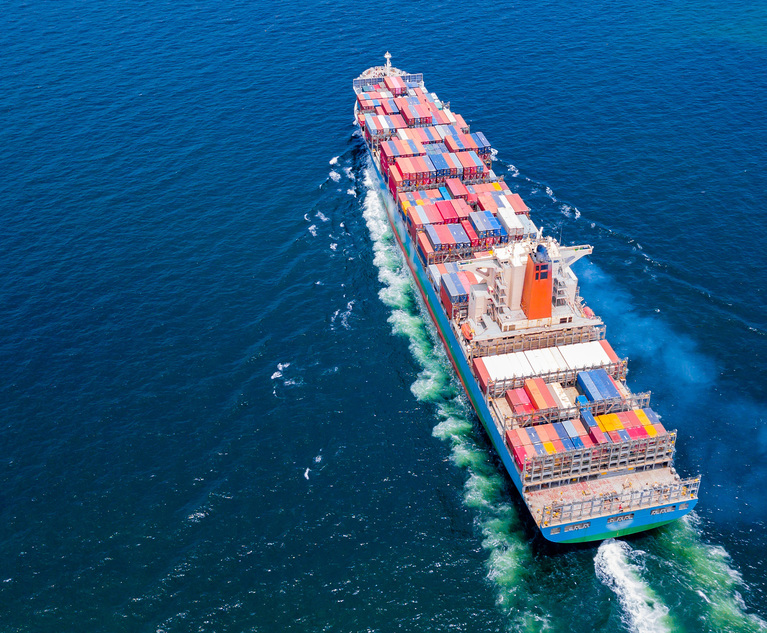On the water, things go bump in the night … and day, in fog and heavy weather; mostly ships, but also boats of all kinds and the people aboard them. Reaching vessels in distress quickly to render aid or quell an oil spill’s spread critically affects the success of search-and-rescue (SAR) and spill-response operations. Timely capturing causal information relating to a casualty’s origin through investigation serves to teach regulators and industry alike, and sanctions attendant to reporting obligations incentivize, deter and punish those regulated. To those ends, federal marine casualty reporting regulations apply to defined marine casualties.
These regulations pertain to marine vessels generally, meaning crafts practically designed to carry people or things over water. Vessels encompass ships, which during the sailing era meant square-rigged sailing vessels or barks having three or more masts (think of the U.S. Coast Guard’s training cutter Eagle). Today a ship is generally understood to mean large oceangoing vessels propelled by mechanical engines, viz. container ships, tankers, bulk carriers, and cruise ships. The regulations apply to any marine casualty occurring in U.S. navigable waters, U.S.-flag vessels wherever located, and foreign-flag vessels within waters subject to U.S. jurisdiction, including the exclusive economic zone (EEZ), which extends out 200 nautical miles from U.S. shores.


 Credit: Photo Gallery/Adobe Stock
Credit: Photo Gallery/Adobe Stock




